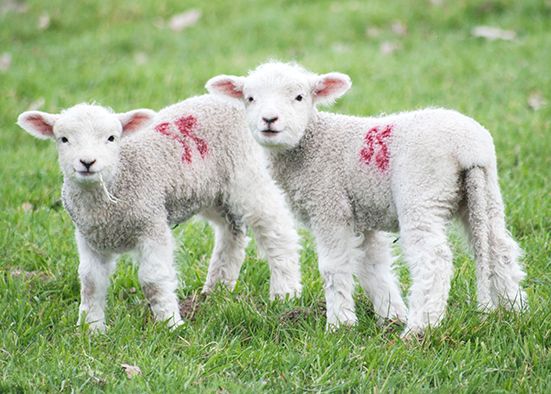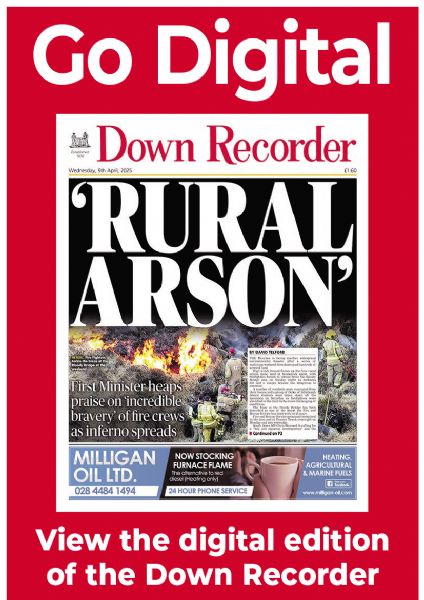Smell wind of change as lambs leap around fields
Smell wind of change as lambs leap around fields
23 February 2022

IT is spring again in Lecale and new life abounds in the fields. Daffodils are peaking out of the ground, the weather is softening, and the feast of St Brigid’s Day (im bolg), February 1, has passed.
This can mean only one thing – lambs! In fact, lambs have been born in our practice since before Christmas. But the majority will be coming to a field near you over the next few weeks.
Now, modern flocks have a lot of sheep in them. Indeed, there are about five million sheep in Ireland overall. That’s one for every man, woman and child.
Our domestic sheep (ovis aries) is descended from a primitive European ancestor, today found mainly in Corsica. In the past it was common for sheep to have
just one lamb. But today, thanks to better feeding, shelter and shepherding, it is possible for sheep to have twins, triplets and even quads!
This abundance can come with problems though. What if a sheep doesn’t have enough milk to feed this many lambs? Well, farmers have come up with a number of solutions.
The first is ‘pet lambs’. These lambs are hand reared. They are fed with a bottle using condensed milk from commercial suppliers. Or the milk can be taken from another ewe who is producing a lot.
As anyone with a baby will tell you, this solution is labour intensive and will keep the shepherd working around the clock. But they are dedicated, and they do it! It is not always sustainable in the long run. Another solution is fostering.
Lamb fostering is where a ewe adopts the lamb from another ewe. The reasons for fostering can be manifold. A lack of milk is one of the major reasons. The ewe may not want to take on another lamb, not recognising it as her own, but shepherds have adapted one of nature’s many wonders to encourage it to happen.
They use a technique called olfactory imprinting. Have you ever wondered how a ewe can recognise her own lamb in a flock of hundreds? One reason is that, just after birth, the ewe learns the smell of her newborn. This is what olfactory imprinting means.
Shepherds can take advantage of this amazing process by rubbing some of the birthing fluid of the newborn lamb into the wool of the lamb to be fostered. The ewe will then accept the lamb as one of her own, and feed and care for it. The lives of many lambs are saved in this way.
So when you next look at the fields of Lecale, check out the sheep and see if you can tell them apart. Even if you can’t, their mums can!


